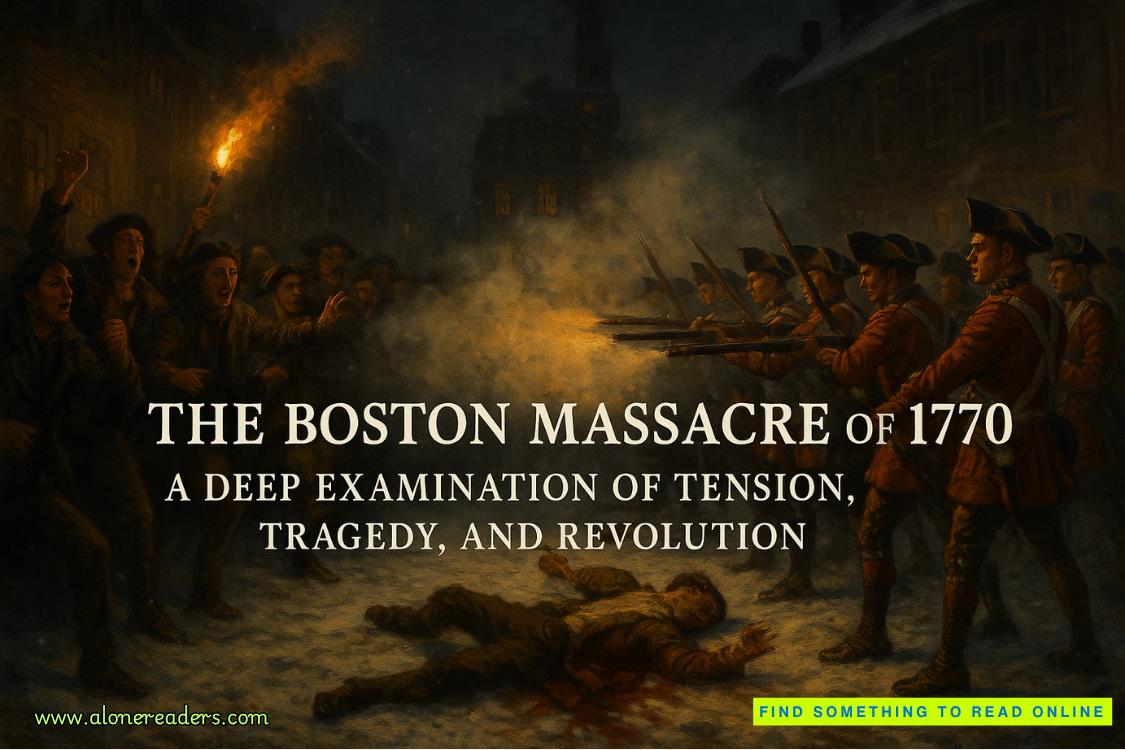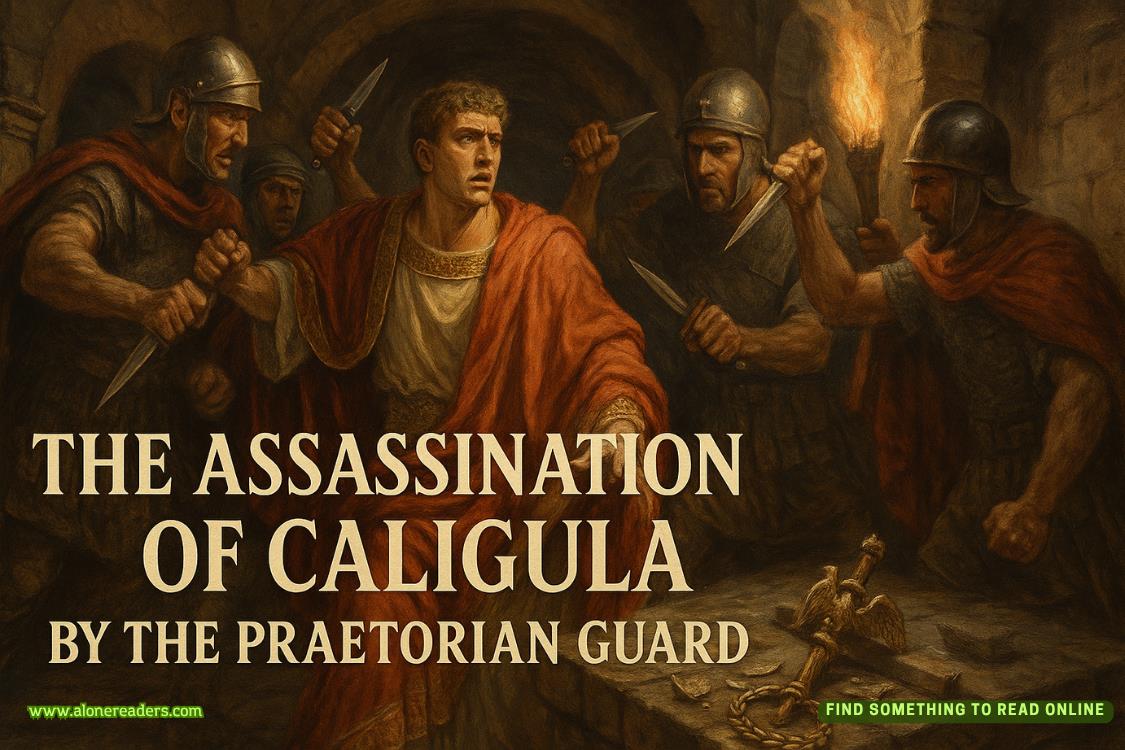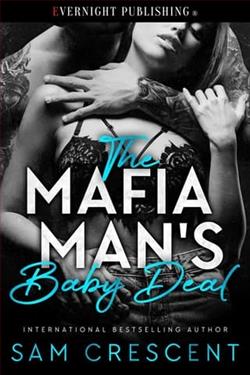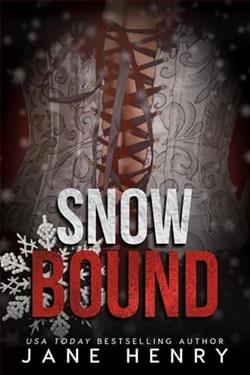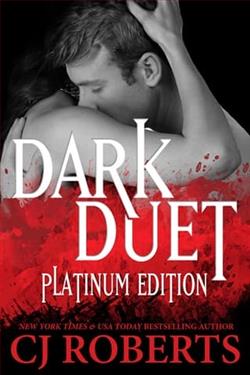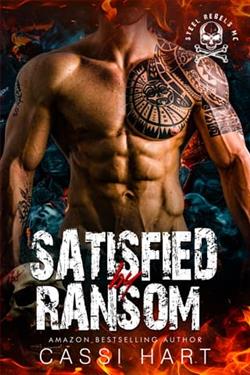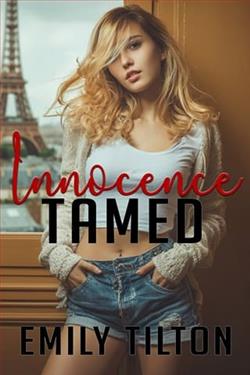Page 9 of The Garden of Forgotten Wishes
I assumed I stillhadVane relatives at the farm, maybe even grandparents, though perhaps not, since they’d be in their nineties by now. But Mum had had an elder brother who might have family of his own, and I’d probably be able to take a sneaky look at them without their ever suspecting who I was.
The car wheezed slightly as the road grew steeper and the cows in the fields on either side gave way to sheep.
I began to keep a sharp lookout for the turn, and there, round the next bend, it suddenly appeared.
A tall signpost was planted in the long grass of the right-hand verge, with one arm pointing in the direction of a gap in the hedge.
Three other signs of differing sizes, shapes and colours had been nailed to the post, so that it looked like a strange totem pole. I paused next to it as I turned in, to read them. They advertised, from top to bottom:
The Devil’s Cauldron Inn
Risings B&B
Fairy Falls
Nearby, in a niche clipped into the hawthorn hedge, was one of those brown Ancient Monument signs, looking as if it was trying to disassociate itself from the rest.
If it hadn’t been for the signs I’d have thought the road was a farm track, but it immediately opened up into a passing place, which evidently also did service for a bus stop, improbable as that idea seemed. The thought of coming windscreen-to-windscreen with a bus round one of the bends in the narrow road was scary and I wasn’t the kind of driver able to whizz backwards nonchalantly for miles.
Thankfully, I met no other vehicles at all, and the tall hedges soon gave way to drystone walls, lichen-patched in sulphur yellow and a slightly snotty green, over which I could see fields descending to a lazy, meandering river a long way below.
The hillside rose steeply up to my left, the hardy-looking sheep wrenching tufts of grass with determined jerks of their heads.
My destination remained hidden until I rounded another bend and saw the centre of the village laid out below me, like a haphazard Toytown. I spotted a blue Parking sign as I swooped down the steep hill and I turned in, coming to a halt on a stretch of rough gravel.
I needed a breathing space before carrying on … not to mention an attempt to unclench my hands from the steering wheel.
This seemed to be the parking area for the Ancient Monument, a fenced enclosure in which all I could see was mysteriously hummocked grass, with a closed gate and a shuttered entrance hut.
A small stone building nearby proclaimed itself a public convenience,though inconveniently locked up with a huge chain and padlock, and the couple of other cars parked there were empty and haphazardly positioned, as if washed in by the tide and stranded.
On the other side of the road, some way up the hill, was a large house that I thought must be Risings, the place Treena was often called out to, with the overbearing owner and the spoilt Pekes.
A plump, bearded elderly man in a bright red bobble hat now emerged from the small lodge at the large house’s gates and hobbled over the road and past my car, giving me a hard stare as he went. He slowly unpadlocked the toilet block, then did the same for the gate to the ancient monument, before fetching from the hut an armful of those wooden bat things with laminated information sheets stuck to them, which he deposited in a kind of wooden bucket on a post.
That seemed to be the extent of his caretaking duties, for, with another suspicious glare in my direction, he returned to his lodge and shut the door.
I got out, pulling on my red wool jacket against the icy breeze, and looked down at Jericho’s End. There was a straggle of small cottages edging the lane past the lodge, ending in a large building that was unmistakably the pub. The road went past it and vanished upwards round a sharp turn, but opposite the pub was a small, humpbacked bridge that led to my destination. I could see the sparkle of water as it cascaded underneath into a pool far below and on the other side of the river, a group of buildings clustered around a small green, including an improbable black and white Tudor building like an overgrown cottage from a fairy tale, which I guessed to be Old Grace Hall. The long, low stone shape set with a typically large café window near the bridge must be my destination.
It was time to go.
‘You can drive over the bridge and park by the Green. Come into the café, which opens at ten, and you will find me there,’ Ms E. Price-Jones had written.
The bridge wasverynarrow, but had embrasures on either side into which pedestrians could press themselves to escape any traffic. I cameto a halt opposite the café, between a lime-green Beetle and a white van so bashed and battered that it looked as if it was made from a crumpled piece of dirty paper.
As I reached for the door handle, a movement out of the corner of my eye stopped me dead. A thin, wiry man was just turning into a gateway beyond the Tudor house and glanced back with an oddly furtive air as he did so.
My heart thudded to a stop for a moment and then restarted: it wasn’t Mike, unless he’d taken to dyeing his hair bright red. I would have to stop seeing bogeymen around every corner.
Getting out and pulling my jacket around me, I headed across the road, noticing for the first time a large entrance turnstile between the café and the bridge, with wrought ironwork over it, proclaiming it to be the entrance to the River Walk and Fairy Falls.
The café window was set into one end of Lavender Cottage and bore a sign over it:
Ice Cream and Angels
Café-Gallery
The scalloped edge of a striped awning showed beneath it, where it had been folded back against the wall in a protective housing. In summer, it must pleasantly shade the small paved area in front of it, where a few white-painted wrought-iron tables and chairs were now stacked together. A grassy bank dividing it from the road was decorated with an ancient ice-cream vendor’s tricycle, the box in front planted up with variegated ivy and spring bulbs.
